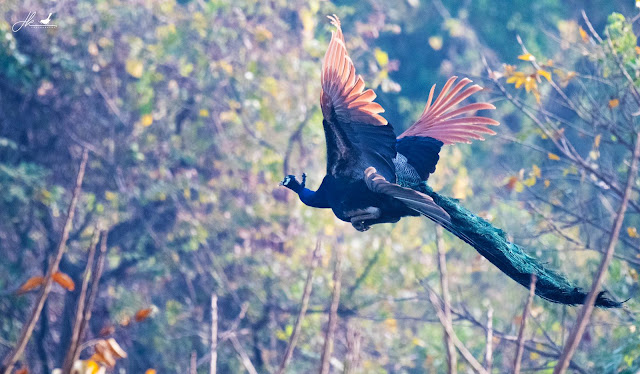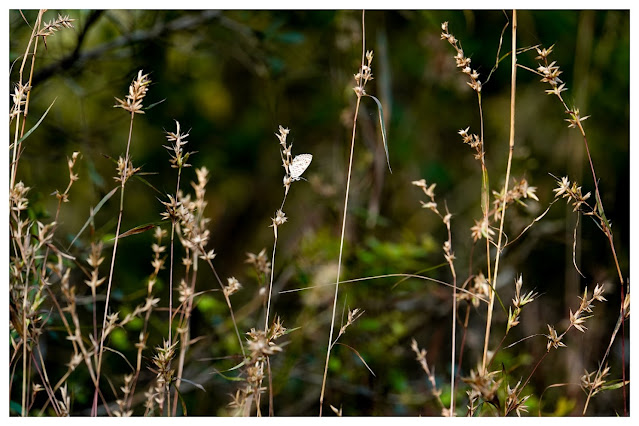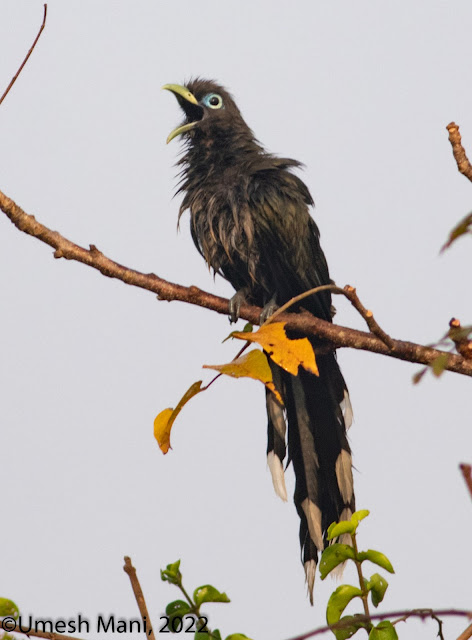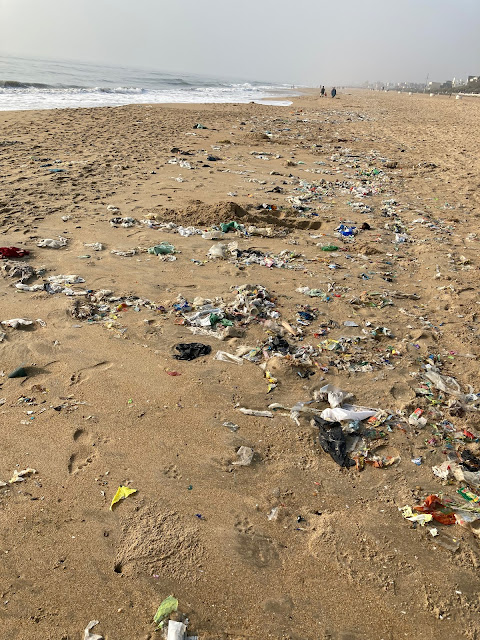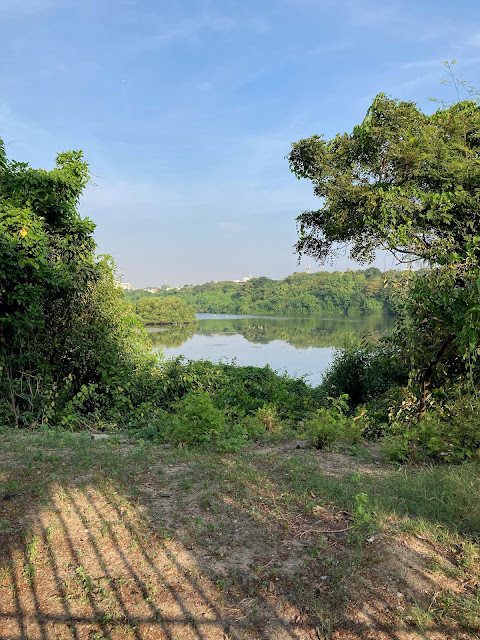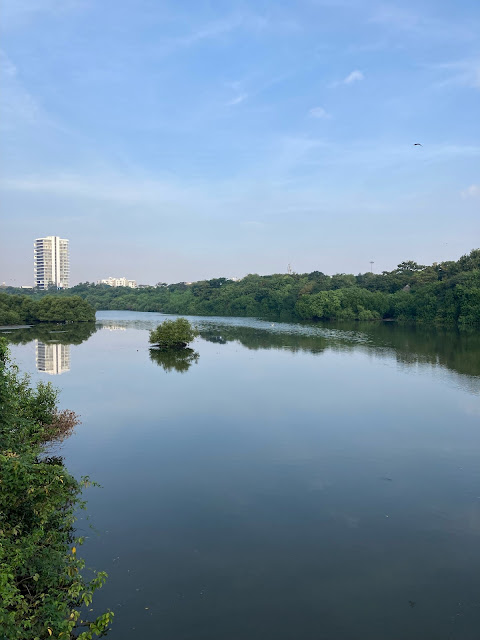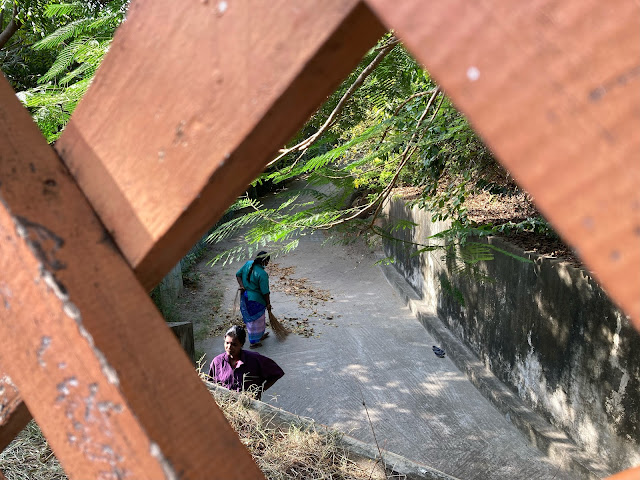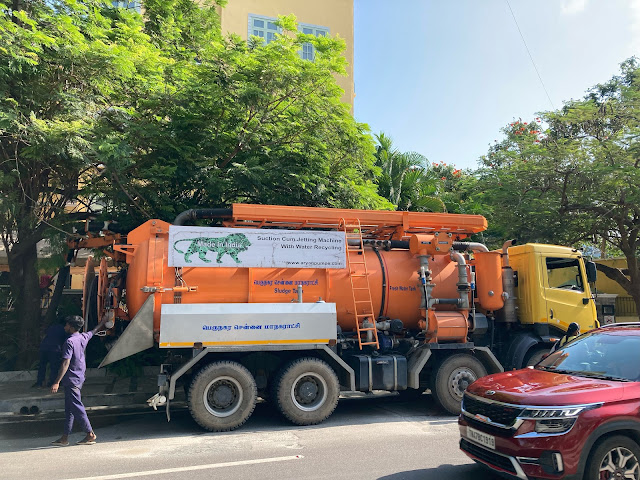While India may be late, a conservation step such as this one is always welcome, they said
Marine biologists have welcomed the Tamil Nadu government’s recent decision to go ahead with the establishment of a conservation reserve for the elusive dugong (Dugong dugon), a sirenian species native to parts of the Indian littoral.
The Tamil Nadu government had announced September 3, 2021 that a dugong conservation reserve would be established in the Gulf of Mannar, Palk Bay between India and Sri Lanka, for the conservation of the animals.
“The Principal Chief Conservator of Forests and Chief Wildlife Warden has submitted a concept note towards establishment of a Dugong Conservation Reserve,” a note released by the Tamil Nadu government February 15, 2022, said.
“The Government, after careful examination have decided to accept the above concept note of the Principal Chief Conservator of Forests and Chief Wildlife Warden for creation of Dugong Conservation Reserve in Palk Bay,” it added.
The note directed the PCCF to send the draft notification of the proposal for obtaining the concurrence of the Union Ministry of Environment, Forest and Climate Change.
00:05 01:01
The TN government also accorded administrative approval for a sum of Rs 25 lakh for the preparation of a detailed project report and carrying out baseline field studies.
Vardhan Patankar, marine biologist, Wildlife Conservation Society-India, told Down To Earth:
It is definitely a late step because dugongs are on the verge of extinction. In the Andaman and Nicobar Islands, their population is less than 100. There are very few left in the Gulf of Mannar. In the Gulf of Kutch, there are very few sporadic records. They were present in Lakshadweep but now are locally extinct. We are too late in the light of all this. But it is good that we are taking steps at least now to conserve the species.
Sajan John, head of marine projects, Wildlife Trust of India, called it a heartening step as the proposal has come from the government. “Most governments are pro-development and conservation takes a backseat,” he said.
But he said one would have to wait and watch as to how this would actually translate into conserving the species.
“We have already declared dugongs as a Schedule I animal under the Wildlife (Protection) Act, 1972. Legally, it was given the highest protection. It is hard to say right now as to how designating a conservation reserve just for dugongs will translate on the ground for their conservation,” he said.
Indeed, the implementation of the government’s order is going to be tough.
Declaring an area as ‘protected’ means there will be no human interference in there. “In forested landscapes, this is easy. There may be some tribal communities dependent on non-timber forest produce. But usually, fringe villages may not be that dependent,” John said.
“But in case of marine reserves, the sea is a type of commons. And coastal communities are highly dependent on it. By designating a protected marine area, you are literally denying the resources to such people. That is why there are community and conservation reserves. This will be a conservation reserve and it will be co-managed. But it still takes time for a management plan to be put in place,” he added.
Also, what next in dugong conservation in India? Patankar said massive awareness was needed about the dugong as very few people knew about them even in the Andamans where they are the state animal.
“The main cause of mortality for dugongs is accidental entanglement. They are marine mammals and have to surface every four minutes to breathe. Fishermen use gilnets and dugongs get trapped and killed in them unintentionally. This must be stopped,” he said.
This could be done through incentive programmes which many institutes already offer, Patankar said.
“For instance, if a dugong gets captured and is released by fishermen, they get Rs 5,000 if they provide photo documentation of the act. If the government ensures that every dugong release is celebrated it can work wonders,” Patankar noted.
Fishing communities should also decide to shift to other sources of food rather than hunt dugongs for meat if they want their future generations to see dugongs, he added.
“Also, dugongs are protected under Schedule I of the Wildlife (Protection) Act, 1972 which means they have the highest level of legal protection under Indian law. But very few people have been arrested, imprisoned or prosecuted for poaching dugongs. The enforcement of the law needs to be strengthened if you want to conserve the species,” Patankar said.
For John, the next step in dugong conservation is the preservation of the threatened seagrass ecosystem. “Ultimately, if there is no seagrass, dugongs will perish,” he said.

